How to choose the best performance tyre!
The world of tuning is a dynamic and exciting arena where enthusiasts push the limits of speed and performance. Behind the scenes of these cars lies a crucial element: the tyres. Performance tyres are specifically designed to handle the extreme demands of what you throw at your vehicle, providing grip, traction, and durability that regular street tyres simply cannot match.
Slicks
Purpose dry weather tyres, also known as slicks, are designed for use in warm, dry conditions. They can’t be used on the road but some championships allow for slick tyres to be used when there is no water on the track. These are tyres that don’t feature any grooves and have a completely smooth surface. These are the fastest type of tyres as there is the largest amount of contact between the tyre and the track. Slicks are generally only used in top-level, professional motorsport like British GT and BTCC.
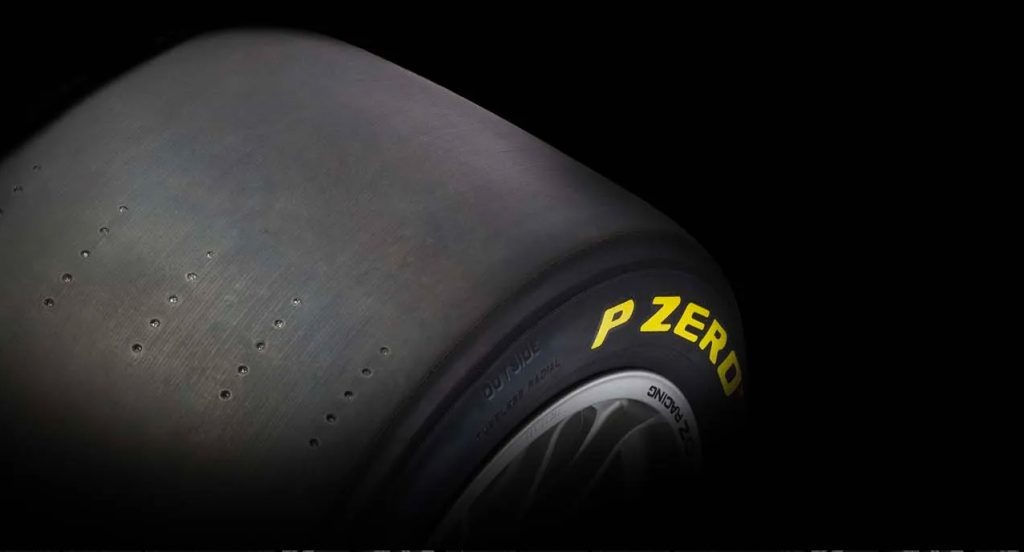
Wet weather tyres
Wet weather tyres have a deeper tread pattern with narrower, more aggressive tread blocks. This deeper tread pattern helps to shed water from the tyre surface, improving traction and reducing the risk of aquaplaning. The narrower tread blocks also help to increase the number of biting edges, providing more grip on wet roads.
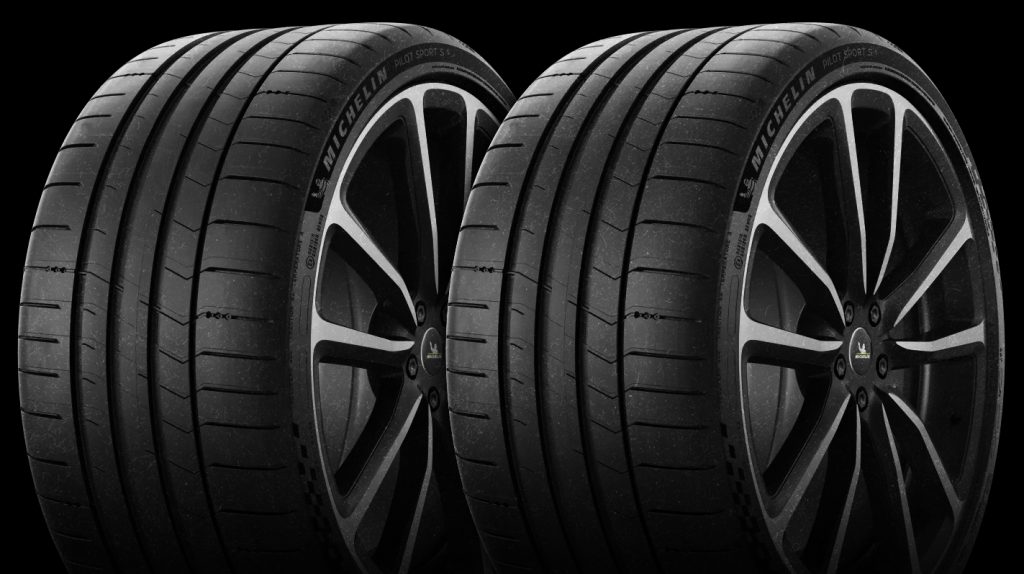
Track Day Tyres
Track day tyres offer more in the way of grip than standard road tyres and are more durable too. Even after 3-4 laps with a good quality road tyre, the grip falls away meaning that your track session can become frustrating. A track tyre is closer to a slick, with tread patterns aiming to provide as bigger contact patch as possible. These will have stiffer sidewalls to minimise flex and a softer compound than road tyres to provide even more grip.
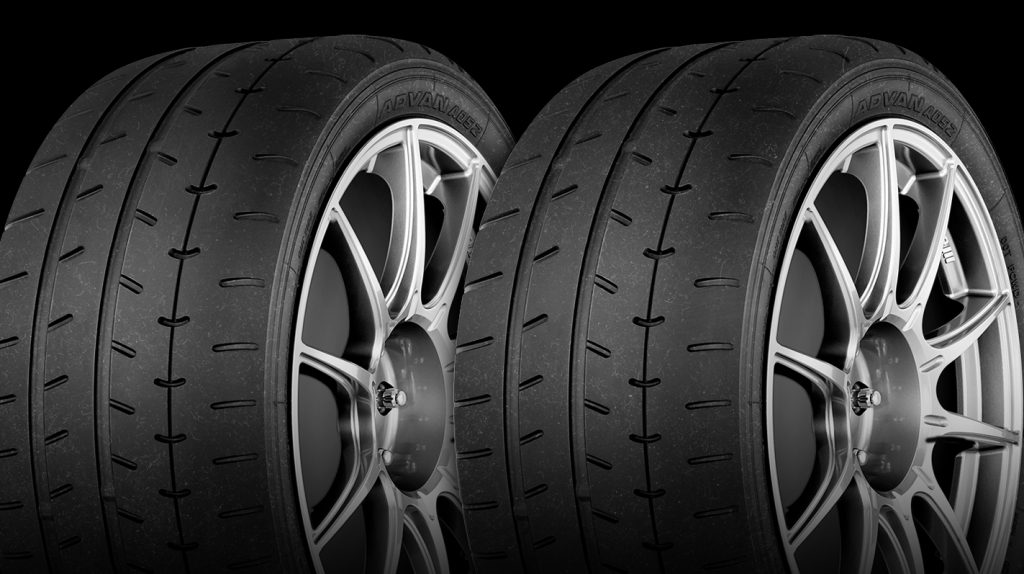
The technology of track day tyres has improved endlessly over the years, and some of the best track day tyres can provide lap times to be within a couple of seconds of slicks.
What is an E-marked tyre?
A tyre that is E-marked, confirms that is has met the EU standards in relation to its dimensions, load and speed ratings. All vehicles in Europe must legally use a tyre that is E-marked for road use.
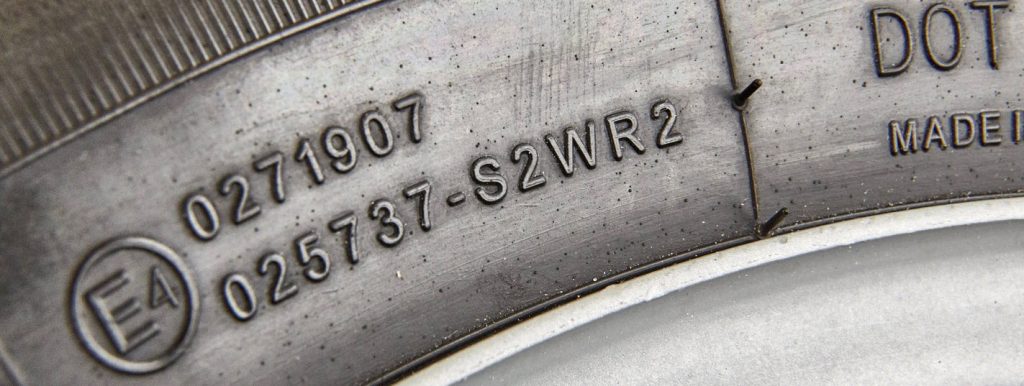
What are list tyres?
In the realm of racing tyres, there are three main categories for track racing: List 1A, 1B, and 1C. The classifications of these tyres are set out by Motorsport UK. Certain Championships define the types of tyres that can be used from each list. Understanding the distinctions between each category is essential for both racers and teams alike.
List 1A Tyres: The Bread and Butter of Racing
List 1A tyres are regarded by the manufacturers as standard road tyres and eligible to be used in production based championships. These aren’t the fastest tyres by any means, but from our experience we would use a list 1A tyre for wet weather as they provide superior grip over a more aggressive list 1B or 1C in the wet.
Examples of List 1A tyres:
- Michelin Pilot Sport 3
- Michelin Pilot Sport 4
- Michelin Pilot Sport 4S
- Michelin Pilot Sport 5
- Michelin Pilot Sport Cup 2R
- Nankang AS-1
- Nankang AS-2+
- Nankang Eco-2+
- Nankang NA-1
- Nankang NS-20
- Nankang XR-611
List 1B Tyres: Stepping Up the Performance
For drivers seeking a higher level of performance, List 1B tires provide the answer. These are defined as sports or performance tyres that are suitable for competition.
Examples of List 1B tyres:
- Michelin Pilot Sport Cup 2
- Nankang NS-2R
- Nankang AR-1
- Nankang CR-S
- Pirelli P Zero Trofeo R
- Yokohama A048 (OE fitments marked LTS in size 195/50/16 & 225/45/17)
- Yokohama A052
- Yokohama AD08RS (Marked S2WR2)
- Yokohama AD09
- Zestino Gredge 07R
- Zestino Gredge 07RS
List 1C Tyres: Championship Control Tyres
These are also defined as sports or performance tyres that are suitable for competition. Often, list 1C tyres are only allowed in championships where they are named as the control tyre. This means that if you are, for example, competing in the 750MC Type R Trophy, you will have to use the MRF ZTR, as stated in their regulations.
Examples of List 1C tyres:
- Dunlop Direzza DZ03G
- Hankook Ventus Z232 RS-4
- MRF ZTR (Marked trackday)
- Yokohama A048
- Yokohama A021-R
What list tyre should I choose?
The choice between List 1A, 1B, and 1C tires depends on several factors, including the type of racing series and the driving conditions. For drivers seeking more performance, List 1B and 1C tires offer superior grip and responsiveness.
Mostly, the series that you are racing in will dictate which tyres you will need to use, sometimes they even have a mandatory tyre for the series. However, some series will just define a particular list.
Tyre Pressures
Knowing what tyre pressures to run on track can be confusing, but there is a general rule to follow. When the tyres start to get hot, the pressures will increase around 5-10psi. This means that you should always start a lower pressure and aim for the manufacturers optimum pressure when your tyres are hot. For example, if the optimum pressure is 32 psi, then begin by running the tyre at around 25psi when cold.
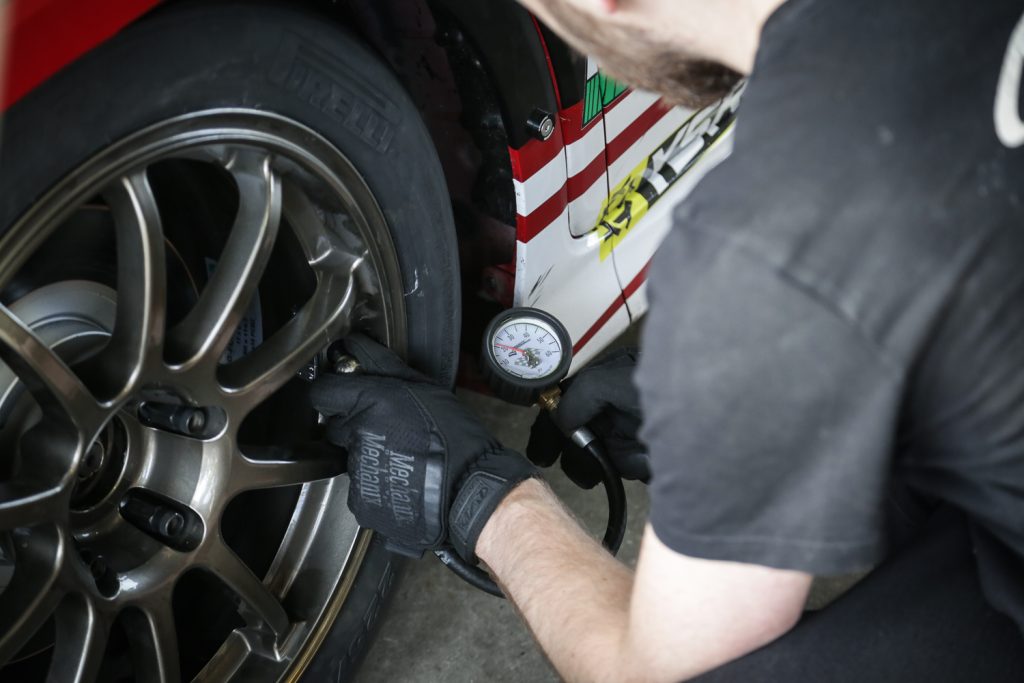
Conclusion
Performance tires are the unsung heroes of motorsport, providing the grip, traction, and durability that enable drivers to push the limits of performance. Understanding the different categories of racing tires, such as List 1A, 1B, and 1C, is crucial for drivers, teams, and anyone involved in the world of racing.
If you’re looking for some advice or data on performance tyres, we’ve previously conducted a couple of tyre tests ourselves, which you can check out.
Don’t forget that if you’re a competitor in Time Attack or any Tegiwa sponsored 750 Motor Club series, then you are eligible for a 10% discount on our website. Simply drop us an email and we’ll set an account up for you.
If you’re still unsure on what might be right for you then don’t hesitate to contact our helpful customer service team by dropping us an email or giving us a call!


